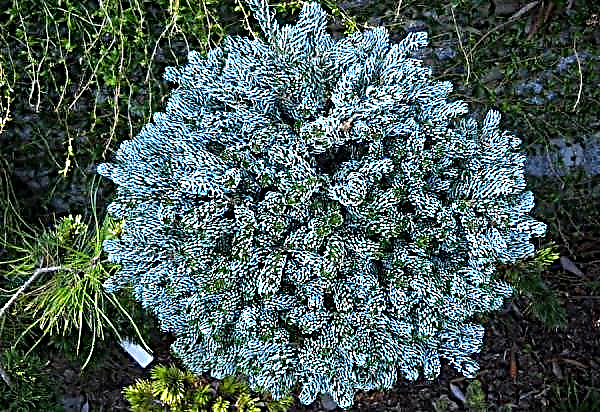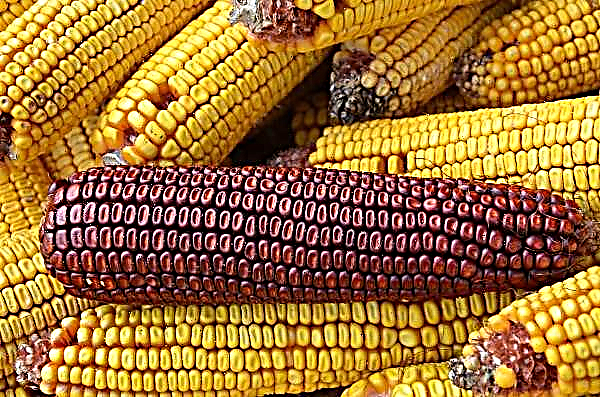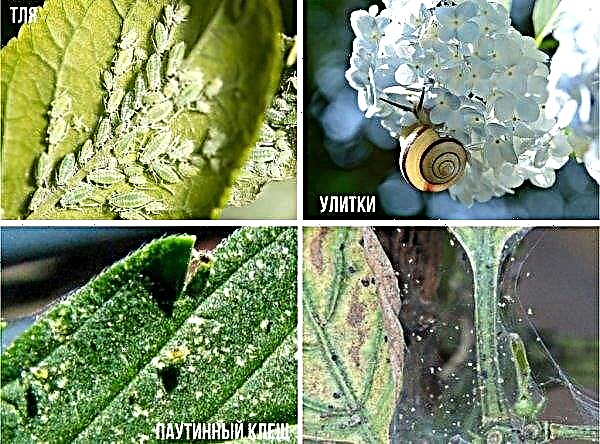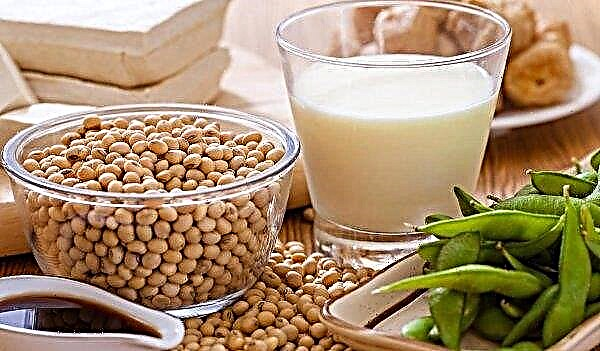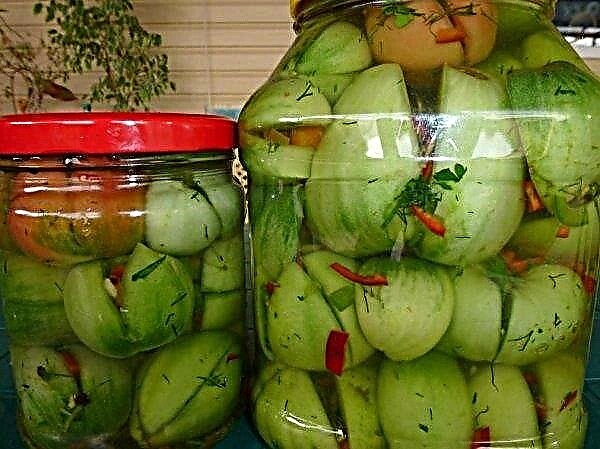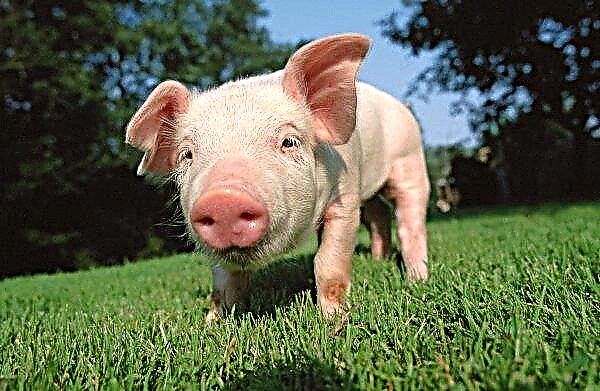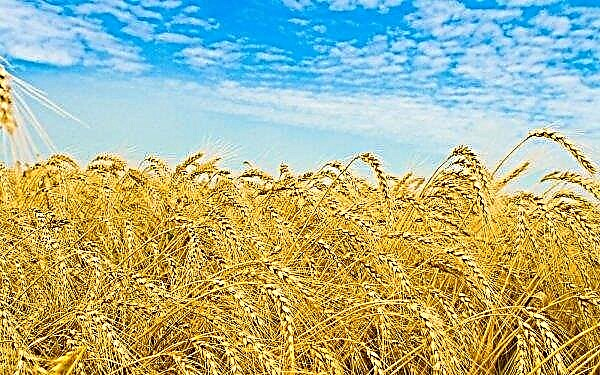Every year, more and more farmers are moving away from the traditional scheme of growing fruit crops, switching to high-tech agriculture. This makes it possible to improve the quality of the initial products, as well as increase the efficiency of the use of resources and the territory of the site. One of such progressive techniques is considered to be the so-called hydroponic greenhouses used for the cultivation of cucumbers, tomatoes and other crops. Next will be described in detail the technology of designing and using hydroponics.
What is hydroponics?
Hydroponics is commonly understood as a high-tech system for growing fruit plants on artificial substrates.. It provides for the content of the plant root system in a special container with a dry substrate (expanded clay, foam rubber, etc.), saturated with a highly concentrated nutrient solution, so that plants in abundance receive the necessary amount of moisture, oxygen and nutrients, which positively affects their development and productivity.
In turn, hydroponic greenhouses are a modification of a conventional greenhouse, in which, instead of soil, the basis for growing is an artificial substrate.
You can almost completely regulate the nutrition of fruit crops, as well as the conditions of their maintenance, which positively affects the quality, size and taste characteristics of the fruit.
- The main advantages of the hydroponic system:
- the only winter technology for growing fruit plants on a large scale;
- Helps regulate plant nutrition
- minimizes labor costs for the maintenance of beds;
- contributes to the rational use of space and resources;
- provides plants with the most optimal conditions for growth.
Did you know? The history of hydroponics dates back several millennia. For the first time, the method of growing plants with a minimum amount of soil was applied as far back as Ancient Babylon, during the construction of the so-called “Hanging Gardens” (6th century BC).
- The unique technology has its drawbacks:
- in this way, a limited number of species of vegetation can be grown;
- plants are completely dependent on humans, so any errors can lead to their death;
- requires a stable temperature regime within +18 ... + 26 ° С;
- high energy consumption;
- high cost of technical units of the system and maintenance.
Why is hydroponics used in greenhouses?
The main task of hydroponics in greenhouses is to provide vegetables with the highest quality conditions for growth and development, in contrast to the traditional methods of vegetable growing.
- This method allows you to achieve the following:
- increase crop yields;
- to simplify the maintenance of the beds, including eliminating the need for regular watering;
- reduce the likelihood of infection of beds by insect pests and infections;
- reduce the intensity of plant treatment with protective equipment;
- improve aeration of the root system, which is practically impossible with soil cultivation.
What plants are suitable for hydroponic cultivation
Hydroponics in greenhouses is widely used, it is used for the cultivation of many plants, including various decorative crops. In this way, the most popular fruit plants are harvested, which are distinguished by their whimsicality and heat lovingness. Currently, a variety of hybrids respond best to hydroponic cultivation:
- Strawberries
- cucumbers
- Tomatoes
- legumes;
- greens (celery, parsley, basil, rosemary, salad, mint, etc.).
 These plant varieties are traditional crops used in hydroponic greenhouses, however, this list is expanding every day.
These plant varieties are traditional crops used in hydroponic greenhouses, however, this list is expanding every day.In Japan, this technique is used to grow melons. Despite the fact that the fruits are thus formed small, their marketability and aroma are in no way inferior to soil crops. In the Netherlands, the use of hydroponics for the cultivation of roses, tulips and other flower species is actively gaining popularity.
Important! Hydroponics is absolutely unsuitable for those types of crops that form a consumer product in the underground zone. These include a variety of root crops (carrots, beets, radishes, etc.), as well as tubers (potatoes, Jerusalem artichoke, etc.).
What equipment is needed
A typical hydroponic system is a fairly simple structure consisting of only a few components. The hydroponic system is a structure consisting of: a tank for storing liquids, pumping equipment with outlet and outlet lines, as well as pots for growing.
The hydroponic system is a structure consisting of: a tank for storing liquids, pumping equipment with outlet and outlet lines, as well as pots for growing.
In addition, a specific substrate, without which the development of vegetables is impossible, should be attributed to the components of the system.To ensure the flow of liquids, a container for storing solutions must be installed in the greenhouse. Often, for these purposes a thick-walled plastic tank is used, made of materials resistant to aggressive substances. The obligatory technical parameter of the tank is light tightness, otherwise, under the influence of the sun, the liquid will become a medium for the development of all kinds of microorganisms, which will turn the nutrient solution into a toxic liquid. The dimensions of the tank should be selected in proportion to the area of the greenhouse. At least 3 liters of free liquid is required per plant, while the minimum tank size must be at least 50 liters.
When designing a hydroponic system, capacities for growing plants are also needed. These can serve as individual pots, as well as common trays made of sealed boxes. Tightness is a prerequisite, since this is the only way to create an effective and functional fluid flow system. A two-channel pumping station with a branched line will help to create the movement of liquids and the necessary aeration of the substrate.
A two-channel pumping station with a branched line will help to create the movement of liquids and the necessary aeration of the substrate.
You can create the movement of liquids, either by acquiring a specialized factory-type installation, or by making a home-made one. With your own hands, a pump station can be made using an aquarium or water pump. This will require silicone tubes for draining fluids, as well as an electric time switch. Using a relay, you can automate pump start and stop, thereby regulating the work of hydroponics with minimal human factor intervention.
Did you know? The father of modern hydroponics is considered an American William Gerrique. In 1936, a scientist published a scientific work in which he not only applied the term for the first time, but described the principles of successful cultivation of plants in nutrient solutions.
How to make a hydroponic system in a greenhouse with your own hands
Before installing hydroponics on a site, you should definitely decide on the best place for the system. Traditionally, hydroponics is considered an element of a closed method of growing plants. Therefore, the best place to install the system will be a pre-equipped greenhouse, a lighted and insulated basement, or an attic.
Traditionally, hydroponics is considered an element of a closed method of growing plants. Therefore, the best place to install the system will be a pre-equipped greenhouse, a lighted and insulated basement, or an attic.
Installation in an open space is permissible exclusively in a “mild” climate, which prevents hypothermia of nutrient fluids. After that, you can begin to install the system. In most cases, home-made hydroponics requires a minimum of technical knowledge and skills, so it can be built even by a novice plant grower.
To do this, resort to the following sequential steps:
- Fasten the fluid tank in the far side of the greenhouse, the least lit side is best for this.
- Do at the bottom of the plant containers a small hole (according to the diameter of the acquired trunk hoses), and then install the container in the greenhouse.
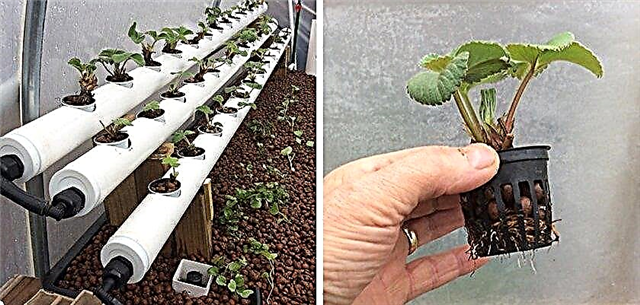
- Install the pump in the tankand then run the main hoses from it to each pot. To do this, you need to bring the main tube, from which, with the help of plastic corners and joints, a system of secondary branches is created.
- Hang up pipe (hose) near the containers for plants and connect the pot to it through the hole in the bottom. Alternatively, you can use wide plastic pipes with holes for the diameter of the pots. They are used to prepare reservoirs (connected to the tank), from which the nutrient solution will gravity return to the tank. In addition to a more natural drainage of liquids, they will help fix the plants in several tiers.
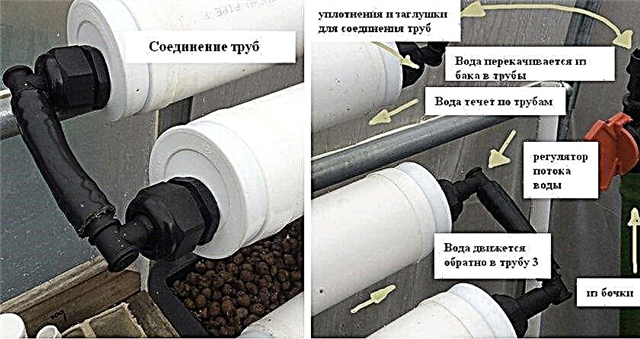
- Install a time relay, connect power to it, and then - connect the pump to the relay.
- Fill containers tightly a clean substrate with low moisture capacity (vermiculite, perlite, coconut coir, etc.), and then fill the tank with water or a liquid nutrient mixture.
- Perform a first installation run. Using the timer and the pressure of the water pump, it is necessary to adjust the supply and drainage of water so that the substrate always remains wet, and the fluid is evenly circulated through the system.

Features of growing greens in hydroponic greenhouses
Hydroponics - This is an excellent alternative to traditional vegetable growing, however, in order to achieve the successful functioning of the system, one should get acquainted with some features of such a technology for growing fruit crops. In addition to nutrients and lighting, plant roots need an abundance of oxygen, therefore, in addition to circulating fluids, the pumping system must act as an aerator, saturating the mixture with oxygen.
Important! The base under hydroponics must be perfectly even, otherwise the flow of liquids in the system will not flow uniformly.
One of the main advantages of hydroponics is the isolation of plants. Due to this, the use of herbicides, fungicides and other protective equipment is excluded. This allows you to get a safe crop, not subject to characteristic diseases and the accumulation of toxins and heavy metals. In addition, due to isolation, the need for weeding also disappears, since it is difficult for weed seeds to get into protected pots, and root aeration is performed automatically. Since plants with this technology are grown in closed conditions, planting must be highlighted.To do this, it is necessary to install stationary lighting, which allows to provide a luminous flux of about 12-14 hours a day.
Since plants with this technology are grown in closed conditions, planting must be highlighted.To do this, it is necessary to install stationary lighting, which allows to provide a luminous flux of about 12-14 hours a day.
The installation of hydroponic systems makes it possible to reach a new level of crop production, as well as to ensure maximum plant productivity with a minimum expenditure of resources and territory. In addition, plant products in the hydroponic system are extremely safe, as the method does not provide for the use of toxic protective agents. However, isolation leads to degeneration of varietal crops, as cultivation under ideal conditions reduces the natural resistance of plant organisms to negative environmental factors.



